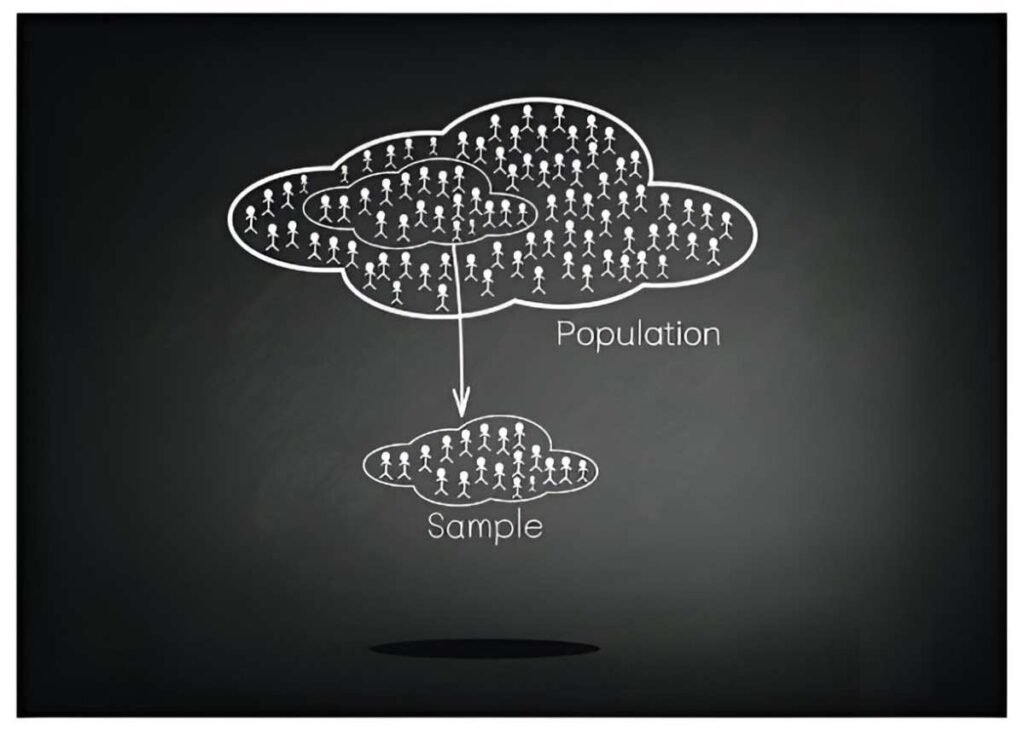As someone deeply immersed in finance and accounting research, I often encounter situations where probability sampling—the gold standard for statistical inference—is impractical. Budget constraints, time limitations, or inaccessible populations force researchers to rely on non-probability sampling. While it lacks the rigor of random selection, non-probability sampling offers flexibility and cost-efficiency, making it indispensable in many real-world scenarios.
Table of Contents
What Is Non-Probability Sampling?
Non-probability sampling is a technique where researchers select samples based on subjective judgment rather than random selection. Unlike probability sampling, where every member of a population has a known, non-zero chance of being selected, non-probability methods do not guarantee equal representation.
Key Characteristics
- No random selection: Samples are chosen based on convenience, judgment, or quotas.
- Unknown sampling bias: The extent of bias is difficult to quantify.
- Cost-effective: Requires fewer resources than probability sampling.
- Common in exploratory research: Useful for hypothesis generation rather than generalization.
Types of Non-Probability Sampling
1. Convenience Sampling
Researchers select participants who are easiest to access. This method is prevalent in pilot studies or preliminary research.
Example: A US-based accounting firm surveying its employees about workplace satisfaction instead of targeting all accountants nationwide.
Pros:
- Quick and inexpensive.
- Useful for initial insights.
Cons:
- High risk of bias.
- Results are not generalizable.
2. Judgmental (Purposive) Sampling
Researchers handpick subjects based on expertise or specific criteria.
Example: A financial analyst selecting only Fortune 500 CFOs for a study on corporate risk management.
Pros:
- Targets knowledgeable participants.
- Efficient for niche studies.
Cons:
- Subjective selection introduces bias.
- Limited external validity.
3. Quota Sampling
The population is divided into subgroups (quotas), and researchers fill each quota non-randomly.
Example: A study on credit card debt might set quotas for age groups (e.g., 18-25, 26-40, 41-60) to reflect US demographic proportions.
Pros:
- Ensures subgroup representation.
- More structured than convenience sampling.
Cons:
- Non-random selection within quotas.
- Potential for researcher bias.
4. Snowball Sampling
Existing participants recruit others, often used for hard-to-reach populations.
Example: Research on cryptocurrency investors where early participants refer others in their network.
Pros:
- Effective for hidden populations.
- Low cost.
Cons:
- Homogeneity risk (participants may share similar traits).
- Slow process.
Mathematical Underpinnings
While non-probability sampling lacks formal probability frameworks, we can still assess its efficiency using statistical measures.
Margin of Error in Non-Probability Sampling
Unlike probability sampling, where the margin of error is calculated as:
ME = z \times \frac{\sigma}{\sqrt{n}}Non-probability sampling has no straightforward formula due to unknown selection probabilities. However, bootstrapping—a resampling technique—can estimate confidence intervals.
Effective Sample Size
The design effect (Deff) adjusts for sampling inefficiency:
Deff = \frac{V_{actual}}{V_{srs}}Where:
- V_{actual} = Variance under the given sampling method.
- V_{srs} = Variance under simple random sampling.
A high Deff (>1) indicates greater inefficiency.
Comparison: Non-Probability vs. Probability Sampling
| Feature | Non-Probability Sampling | Probability Sampling |
|---|---|---|
| Selection Method | Subjective | Random |
| Bias Control | High risk | Controlled via randomization |
| Cost | Low | High |
| Generalizability | Limited | High |
| Best For | Exploratory research | Confirmatory research |
Applications in US Socioeconomic Research
Non-probability sampling is widely used in US market research, public health, and financial studies.
Case Study: Gig Economy Workers
A 2022 Pew Research study used quota sampling to analyze gig workers’ financial stability. Since gig workers are dispersed and hard to track via random sampling, researchers set quotas based on age, income, and gig type (Uber, DoorDash, freelancers).
Findings:
- 56% of gig workers lacked emergency savings.
- 32% relied on gig work as a primary income source.
While insightful, the study acknowledged potential bias due to non-random selection.
Limitations and Ethical Considerations
1. Sampling Bias
Since participants are not randomly selected, results may not reflect the broader population.
2. Non-Response Bias
In snowball sampling, unwilling participants may differ significantly from willing ones, skewing data.
3. Ethical Concerns
Researchers must ensure transparency about sampling limitations to avoid misleading conclusions.
When Should You Use Non-Probability Sampling?
I recommend non-probability sampling when:
- The target population is unclear or inaccessible.
- Budget and time constraints exist.
- The study is exploratory rather than confirmatory.
Final Thoughts
Non-probability sampling is a pragmatic tool for researchers navigating real-world constraints. While it lacks the statistical robustness of probability methods, its flexibility makes it invaluable in preliminary and qualitative studies. By understanding its strengths and limitations, I can make informed decisions about when and how to apply it effectively.





